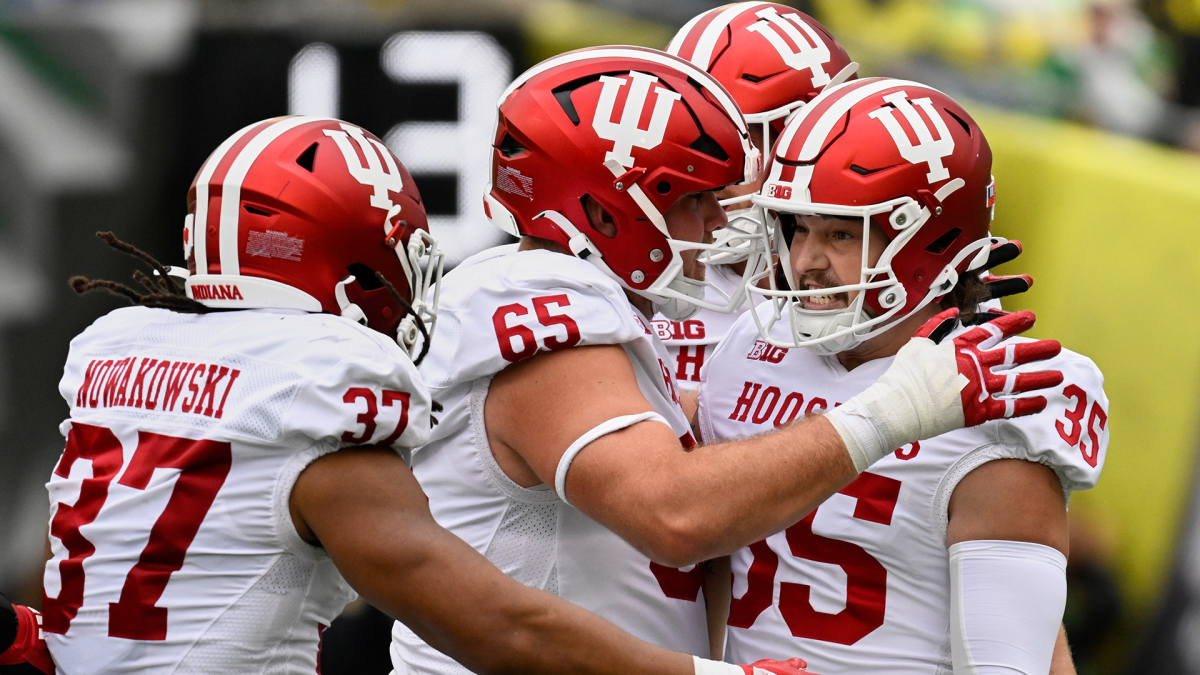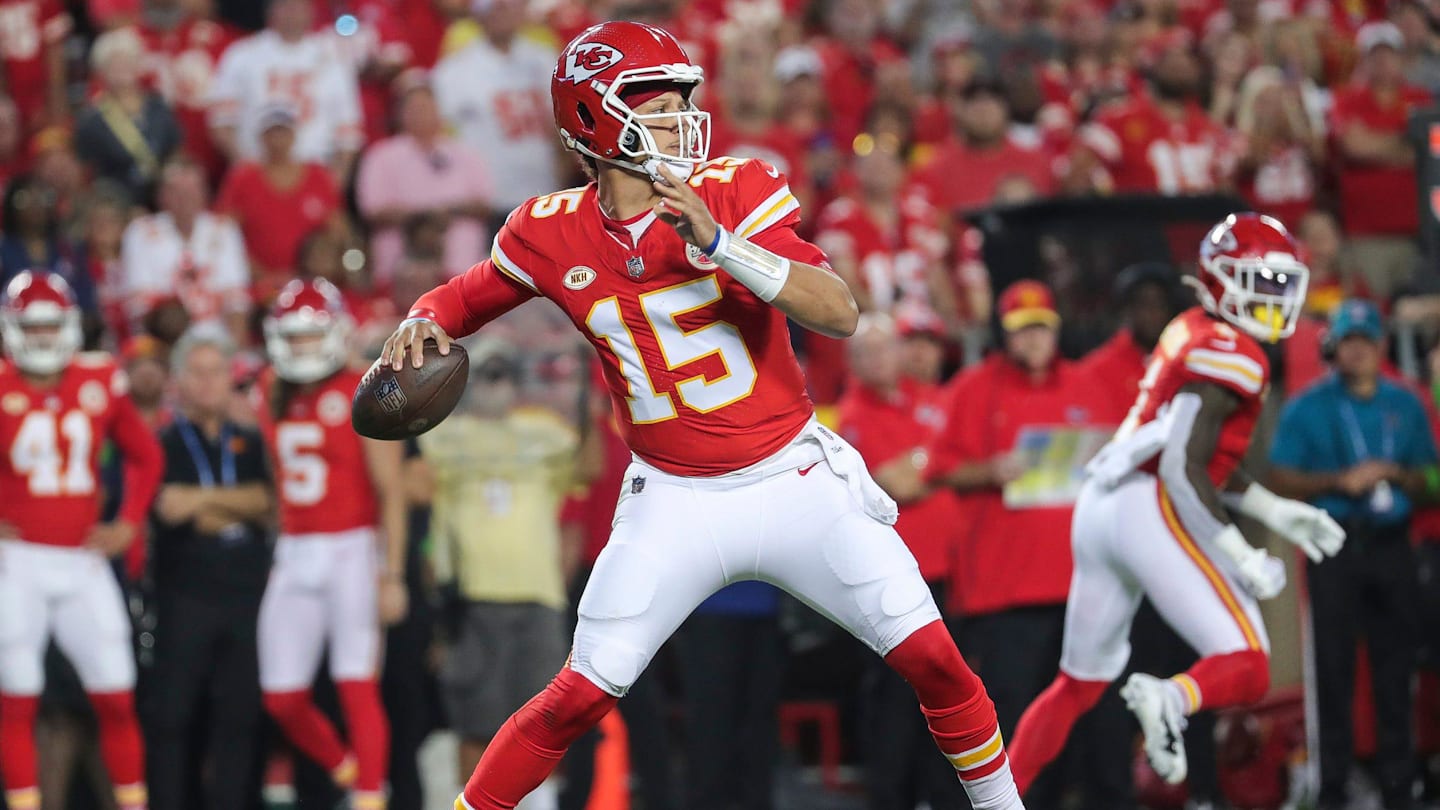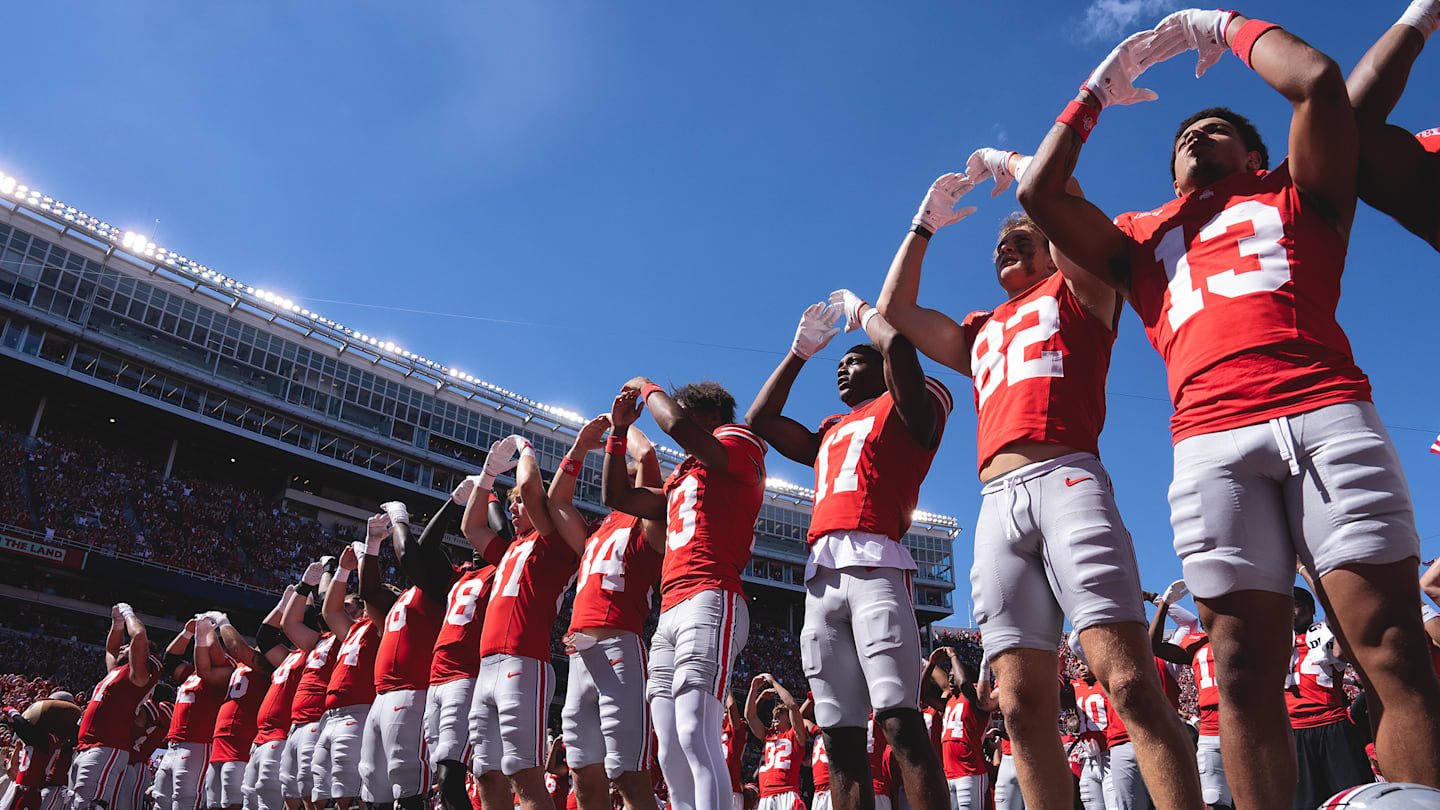Indiana Upsets No. 3 Oregon: Road Victory Ends 18-Game Home Streak
#football #indiana_hoosiers #oregon_ducks #big_ten #road_victory

Indiana’s Signature Road Victory
In a thrilling Big Ten clash, No. 7 Indiana Hoosiers secured a pivotal 30-20 victory over No. 3 Oregon Ducks on the road, marking a defining moment for the program. Led by coach Curt Cignetti, the Hoosiers overwhelmed the Ducks with a balanced offensive attack and resolute defense, snapping Oregon’s 18-game home winning streak at Autzen Stadium.
Key Performances and Game Highlights
Quarterback Fernando Mendoza delivered a standout performance, throwing for 215 yards and a crucial fourth-quarter touchdown. Running back Roman Hemby contributed two scoring runs, while Indiana’s defense forced multiple turnovers, including a critical interception returned for a touchdown by Brandon Finney. The Hoosiers' defensive pressure resulted in six sacks on Oregon’s quarterback Dante Moore, disrupting the Ducks’ rhythm and securing the win.
Big Ten Contenders Emerging
This victory solidifies Indiana’s status as a legitimate Big Ten contender, improving to 6-0 overall and 3-0 in conference play. The win demonstrates the Hoosiers’ ability to compete against top-ranked teams and sets the stage for an exciting remainder of the season under Cignetti’s leadership.
About the People Mentioned
Fernando Mendoza
Fernando Mendoza is a rising star in American college football, currently playing as a quarterback for the Indiana Hoosiers. Born on October 1, 2003, in Miami, Florida, Mendoza is of Cuban descent and attended Christopher Columbus High School, where he developed his football skills. Initially, he committed to Yale University but later decided to join the University of California, Berkeley, to play for the California Golden Bears[1][3]. During his time at Cal, Mendoza gradually rose through the ranks, becoming a starter in the latter part of the 2023 season. He earned recognition for his performances, including a notable start against Oregon State where he completed 21 of 32 passes for 207 yards and two touchdowns[1]. After spending three seasons with the Golden Bears, Mendoza transferred to Indiana, attracted by the program's player development and coaching staff, including his younger brother Alberto, who is also part of the team[3][4]. Mendoza's career has been marked by significant growth, transforming from a two-star recruit to a Heisman contender. His impressive performances have not only highlighted his potential but also placed him as a potential top pick in the 2026 NFL draft[2][4]. As of the 2025 season, Mendoza has been exceptional, leading the nation in several quarterback statistics, including 14 passing touchdowns with no interceptions, and a high completion percentage[4]. His leadership and talent have made him a key figure in college football, with many considering him a bright future prospect in the sport.
About the Organizations Mentioned
Indiana Hoosiers
The **Indiana Hoosiers** primarily refer to the intercollegiate sports teams representing Indiana University Bloomington, competing at the NCAA Division I level and as members of the Big Ten Conference since 1899. The Hoosiers’ athletic program is highly distinguished, having won 24 NCAA national team championships and 145 NCAA individual national championships across 24 sports. Their men's basketball team is especially renowned, with five NCAA titles and the 1976 undefeated championship team, the last to achieve such a feat in college basketball history. Indiana’s men's soccer program is also historically dominant, holding the record for the most national championships and College Cup appearances in Division I soccer[2][7][8]. The Hoosiers football program competes in the NCAA FBS and has won the Big Ten championship twice, in 1945 and 1967, appearing in 12 bowl games including the prestigious Rose Bowl. The team made the College Football Playoff in 2024 and has produced six College Football Hall of Fame inductees, highlighting its legacy in collegiate football[5]. Beyond sports, the Indiana Hoosiers embody a strong community engagement ethos. Their athletics department is actively involved in service programs like Hoosiers Helping Hoosiers, which focuses on literacy, health, and support for families facing hardships. This initiative collaborates with local hospitals and schools to promote wellness, education, and hope through various outreach efforts[6]. The term "Hoosier" also refers broadly to people from Indiana, inspiring several local organizations such as Hoosier Action, a member-led community group advocating for equitable policies in rural Indiana, and Hoosiers For Good, a nonprofit leveraging the influence of IU athletes to support charitable causes statewide[1][4]. In summary, the Indiana Hoosiers represent both a storied collegiate athletic tradition with significant national achievements and a broader community identity fostering civic engagement and social impact within Indiana. Their combination of athletic excellence and community commitment makes them a notable an
Oregon Ducks
## Overview The Oregon Ducks represent the athletic program of the University of Oregon, with their football team being one of the most recognizable in NCAA Division I Football Bowl Subdivision (FBS)[1][2]. While the Ducks compete in a variety of sports, their football program is particularly notable for its innovation, branding, and recent conference realignment. ## History The football program was established in 1894, originally known as the Webfoots before adopting the Ducks moniker in the mid-1960s[1]. Home games are played at Autzen Stadium in Eugene, Oregon, a 54,000-seat venue known for its passionate fan base[1][2]. The Ducks have been members of the Pac-12 Conference for decades, but in 2024, they transitioned to the Big Ten Conference, marking a significant shift in their competitive landscape and expanding their national profile[1][2][5]. ## Key Achievements Oregon football has claimed 14 conference championships, with notable success in the 2000s and 2010s, including appearances in multiple major bowl games and two national championship game berths[2]. The program has produced 11 consensus All-Americans and has become synonymous with cutting-edge uniform and helmet designs, thanks to a longstanding partnership with Nike, which was co-founded by University of Oregon alumnus Phil Knight[1]. This relationship has not only elevated the team’s visual identity but also positioned Oregon as a leader in sports marketing and apparel innovation. ## Current Status As of the 2025 season, the Ducks are led by head coach Dan Lanning, who has maintained a strong winning record in his first two seasons[2]. The team’s move to the Big Ten has generated excitement and uncertainty, as Oregon now faces traditional powerhouses from the Midwest and East Coast[2][5]. On the field, standout players like quarterback Dante Moore and wide receiver Dakorien Moore are driving the
Big Ten
## Overview The Big Ten Conference, officially known as the Big Ten, is one of the oldest and most prestigious collegiate athletic conferences in the United States, but its influence extends far beyond sports. Founded in 1896 as the Intercollegiate Conference of Faculty Representatives—also known as the Western Conference—the Big Ten was initially created to standardize rules and improve safety in college football, which was growing rapidly in popularity at the time[1][3]. Its founding members included the Universities of Chicago, Illinois, Michigan, Minnesota, Wisconsin, Purdue, and Northwestern[1][3]. ## Historical Development Over the decades, the Big Ten has undergone several significant changes. Iowa and Indiana joined in 1899, and Ohio State was added in 1912[3]. The conference experienced a notable departure when the University of Michigan left temporarily from 1907 to 1916 due to disagreements over rules, only to return and solidify the “Big Ten” moniker[1][2]. The University of Chicago withdrew in 1946, but Michigan State’s addition in 1949 restored the conference to ten members[3]. The conference remained stable for nearly 40 years before a new era of expansion began in 1990 with the addition of Penn State, followed by Nebraska in 2011, Maryland and Rutgers in 2014, and most recently, Oregon, USC, Washington, and UCLA in 2024, bringing the total to 18 members[3][5]. ## Key Achievements and Notable Aspects The Big Ten is renowned for its combination of athletic excellence and academic rigor. It pioneered the Big Ten Medal of Honor in 1915, recognizing student-athletes who excel both on the field and in the classroom[5]. The conference also established the first permanent bowl-conference affiliation with the Tournament of Roses in 1946 and introduced a groundbreaking revenue-sharing model for television proceeds in 1955[5]. Academically, th








